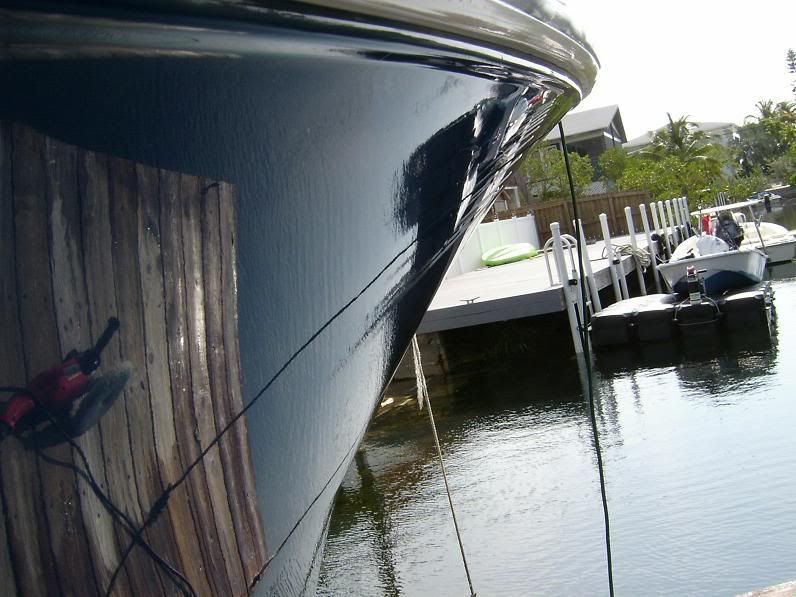Not being a Marine expert, I had to do some research to answer this question. Here's the answer from wikipedia:
"A gelcoat is a material used to provide a high quality finish on the visible surface of a fibre-reinforced composite material. The most common gelcoats are based on epoxy or unsaturated polyester resin chemistry. Gelcoats are modified resins which are applied to moulds in the liquid state."
So, other than the method of application, a Gelcoat finish is not that much different than automotive paint.
Facts about Gelcoat:
1. It needs to be waxed/protected to prevent oxidation.
2. It is damaged by the sun's UV light.
3. It is easily scratched.
4. You can wet sand, cut and buff Gelcoat in the same manner as automotive paint finishes.
When Gelcoat finished parts are removed from their mold, they are rarely perfect (at best, the part can be 99% as good as the mold itself). Most boat manufacturers finish their boats using a muti-step sand, cut and buff process to achieve the final finish.
The good news for boat owners is that Gelcoat is pretty thick (much thicker than automotive paint), so you have a good amount of material for scratch repair.
db
"A gelcoat is a material used to provide a high quality finish on the visible surface of a fibre-reinforced composite material. The most common gelcoats are based on epoxy or unsaturated polyester resin chemistry. Gelcoats are modified resins which are applied to moulds in the liquid state."
So, other than the method of application, a Gelcoat finish is not that much different than automotive paint.
Facts about Gelcoat:
1. It needs to be waxed/protected to prevent oxidation.
2. It is damaged by the sun's UV light.
3. It is easily scratched.
4. You can wet sand, cut and buff Gelcoat in the same manner as automotive paint finishes.
When Gelcoat finished parts are removed from their mold, they are rarely perfect (at best, the part can be 99% as good as the mold itself). Most boat manufacturers finish their boats using a muti-step sand, cut and buff process to achieve the final finish.
The good news for boat owners is that Gelcoat is pretty thick (much thicker than automotive paint), so you have a good amount of material for scratch repair.
db




